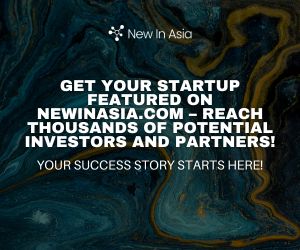Many founders build brilliant products, lead exceptional teams, and grow strong businesses — yet struggle to be seen beyond their company logos. They show up to pitch decks and client meetings with confidence, but online? Their LinkedIn profiles barely whisper what they’re capable of. That disconnect often isn’t a lack of expertise, but a lack…
RELATED ARTICLES
© NewInAsia.com 2025








